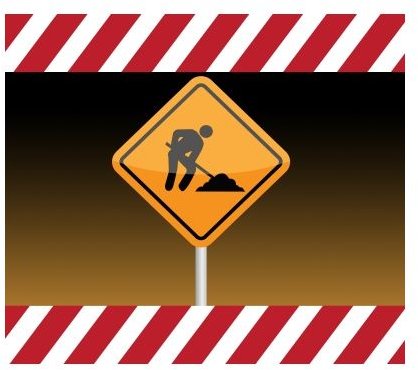Determining Website Content to Attract and Retain Visitors
Creating Content for Your Website
Choosing the right kind of content for your website depends on the nature of the website and the goal of each webpage. The purpose of website content not only varies from website to website, but also from webpage to webpage. Most websites offer several different types in order to serve a variety of purposes. Consider the goals for each page. For instance, are you trying to persuade or inform the reader?
How to Choose Your Content
You can determine your website content by creating a list of the main landing pages, categorizing the pages together so that those that serve the same purpose are grouped together. Next to each page or category, notate the purpose of the content that should be presented. The purpose can be informative, emotional, persuasive or selling. Using a combination of content types can be more effective than using only one, as you have a higher chance of selling or convincing the reader in a way that works best for them.
For example, pretend the purpose of your website is to sell cloth diapers for babies and it includes a webpage on the benefits of cloth over disposable. Consider using emotional content that discusses the uncensored horrors of diaper rashes, since this can may be more persuasive to young mothers than solely using informative content.
Informative Content
Informative content is the commonly found on most websites by default on the main landing pages. For instance, the homepage may feature an introduction to inform the reader on what the business is about. Other pages that feature informative content are the about, contact, policies and product description pages. The purpose is not to sell or persuade the reader, but to provide them with current and relevant information.
There is much room for creativity on the informative webpages. These pages should reflect the business’s true tone, attitude and voice. If the website is youthful and fun, then its product descriptions should not be word for word from the manufacturer, but written in a casual tone that reflects the attitude of the website. Product descriptions can be catchy, snazzy and upbeat so as to not bore the shopper. Take the time so that informative content is personalized to the specific website but does not distract from its intended message.
Emotional Content
Used sparingly, emotional website content can have a lasting effect on the reader. If the website belongs to a dog shelter that is trying to gain support, it could have a webpage dedicated to true stories it has encountered. The purpose of these individual pages is not to “sell” to the reader, but provide information in a way that touches them deep inside to illicit a response. This response can be to donate, petition, support or even make a purchase.
In order to have the largest impact, avoid placing sales pitches or calls to action throughout the page. A link, blurb or button on the very bottom is sufficient if the writer was successful in keeping the reader hanging on until the end.
Persuasive Content
Webpages that are dedicated to persuading the reader to join, support or takes sides to a cause will benefit from having persuasive content. By providing both sides of an argument and convincing the reader of the website’s position, it can persuade the reader to take an action. This type of content is common on websites for political candidates, activists and service providers. Persuasive content must be carefully written in order to be effective, as putting an opponent or competitor in a negative light can be detrimental to the website. Make sure that supportable facts are available to back any claims.
Search Engine Optimized Content
While it can be argued that the content on all webpages should be optimized for search engines, some website owners create content with the sole purpose of getting found. While in the past this has been an acceptable strategy, in the long run it may not be sufficient. What search engines want in the long run is to rank higher content that serves a specific purpose, that fits the needs of the person browsing the web.
Pages that are created just to get higher rankings may work in the short-term, but should not be considered a long-term strategy for getting found.
Selling Content
Selling content is created with the purpose of convincing consumers to purchase a product or service. This content may be accompanied by enticing photographs with a large button clearing stating “Add to Cart.” It is a combination of being informative, yet also persuasive. This content should be clear of any “fluff,” filled with facts, accurate description and some words that prompt the visitor to click that purchasing button.
Selecting Your Website’s Content
The meat of any website is its content, so make sure that it is enticing and benefitical for the reader. Having a combination of content provides a well-balanced website that does not exhaust the reader with information, but also some entertainment, emotion and even sales pitches. Having a website that is composed solely of one type of content can miss out on targeting some of its visitors.
Image Credit: Idea go at FreeDigitalPhotos.net
